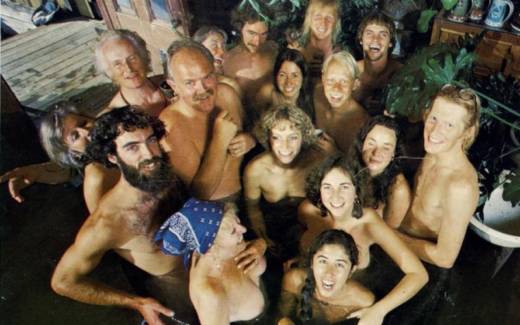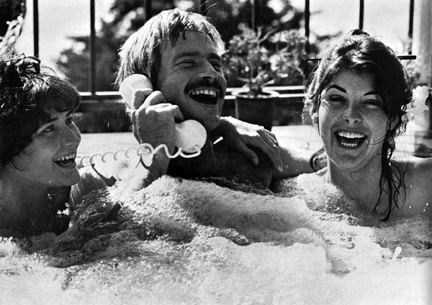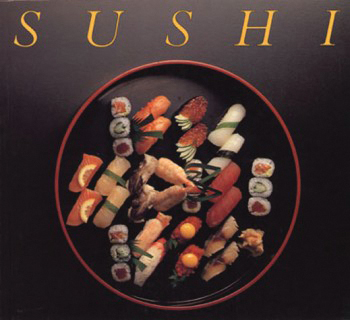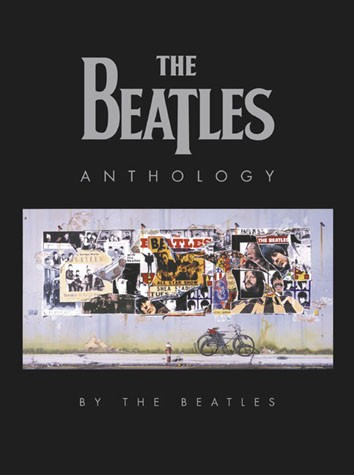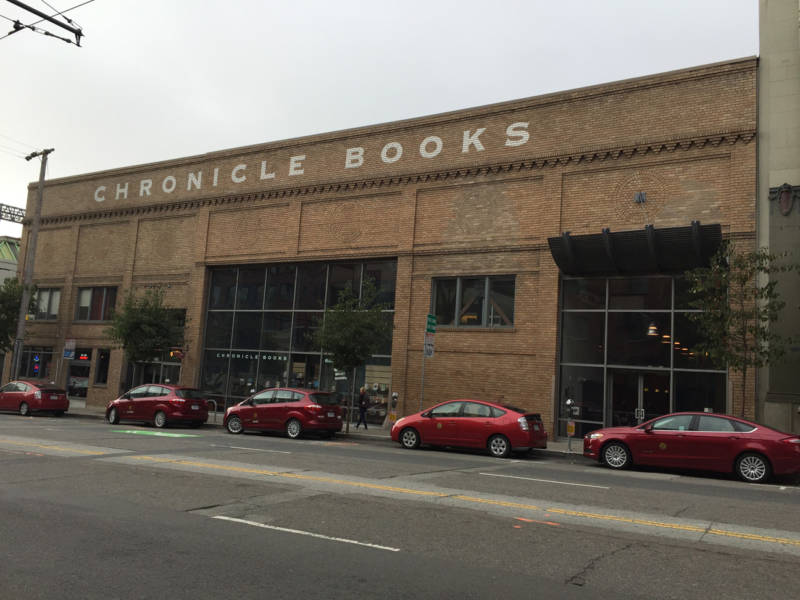To a certain generation, it sometimes seems like everything started in the Summer of Love, when droves of long-haired, freedom-seeking flower children flocked to the Haight-Ashbury with dreams of evoking a new and exciting counterculture.
Meanwhile, as the hippies created their dizzying utopia of sex, drugs and psychedelic rock, in that very same summer in 1967 and just a few miles away in Downtown San Francisco’s historic Flood Building, a smaller group was initiating something innovative and long-lasting. Chronicle Books might, like the activity in the Haight at the time, have been little more than a good idea. But it eventually grew into San Francisco’s largest and most cherished independent trade publishing company, celebrating its 50th anniversary this year.
The roots of Chronicle Books reach back even further into San Francisco’s history, though. The book publisher was originally an offshoot of the San Francisco Chronicle, which printed its first newspaper in 1865. A century later — in the haze of San Francisco’s hippie boom — Chronicle Books launched with the intent of publishing collections of the City’s most beloved Chronicle newspaper columnists: Joe Carcione (The Green Grocer), Merle Ellis, Stan Delaplane, and of course the beloved Herb Caen.
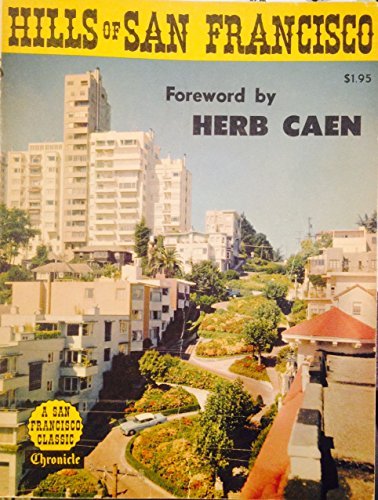
“It actually started because [the Chronicle] had initially created a book called The Hills of San Francisco as a subscription incentive, and it was fabulously successful,” says Chronicle Books president Jack Jensen. “There were calls from the retail book [sellers] to be able to sell the book, so they published it, and they distributed it to the bookstores. And a year and a half later, that led to a more full-blown list of books.”
Jensen says that roughly 75 to 80 percent of the content in the small handful of books Chronicle published in each of those first several years came directly from the newspaper, and each publication shared a unique perspective on San Francisco’s culture and history. One of the earliest — on a lovely but rather “square” topic, considering the era of tie-dye, Vietnam War protests and marijuana — was Here Today, a celebration of San Francisco’s Victorian architecture published in 1968 in conjunction with the Junior League of San Francisco. (A few years later, in 1972, Chronicle published Chuck Crandall’s They Chose to be Different: Unusual California Homes, among many others focusing on homes and architecture of the time.)
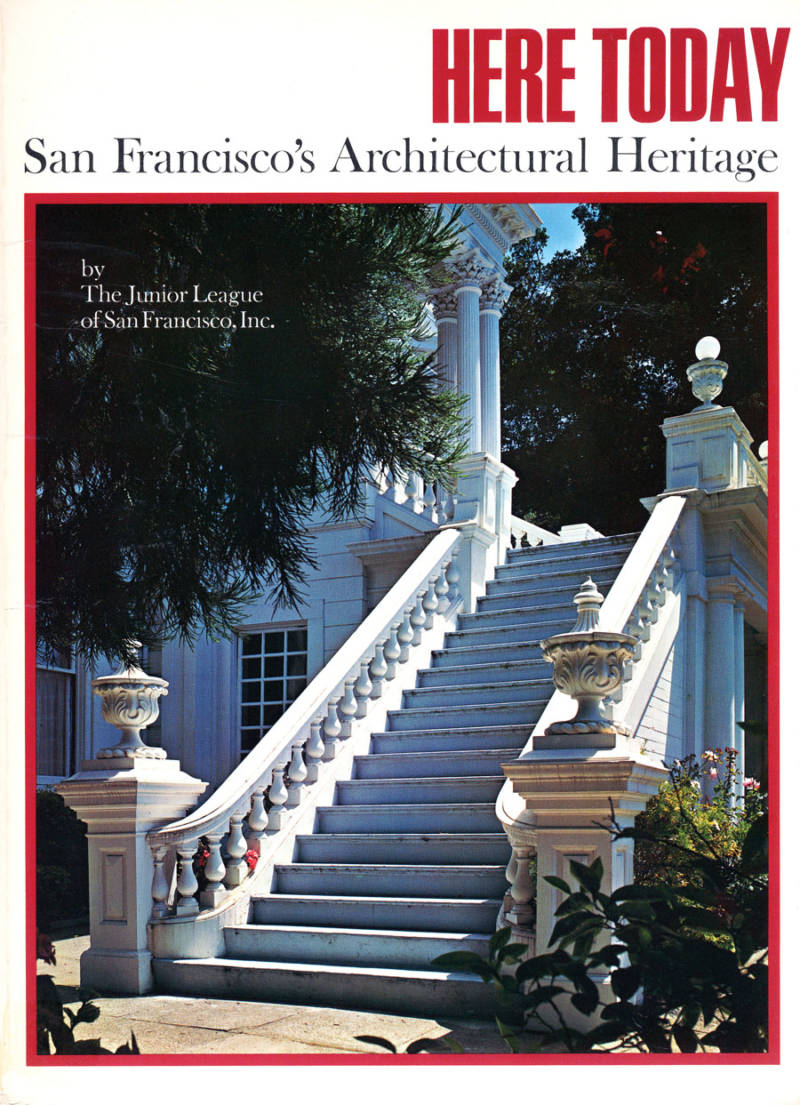
Jensen joined Chronicle Books a decade after the chaos of the Summer of Love drifted away, in 1977. Initially the Western States sales rep, he proceeded to wear a variety of hats (sales and marketing director, general manager, publisher) before becoming the current president of the McEvoy Group, the holding company that owns Chronicle Books. He says that in his early years with the company, when the staff consisted of a mere six people, the editorial department began expanding its topical reach out and beyond the city. No longer strictly spotlighting San Francisco and Northern California-themed books, they began publishing books that drew a broader, international following. Chronicle managed to remain faithful to and influenced by San Francisco’s culture, however, with their signature art books celebrating the grooviness of 1970’s Bay Area happenings.
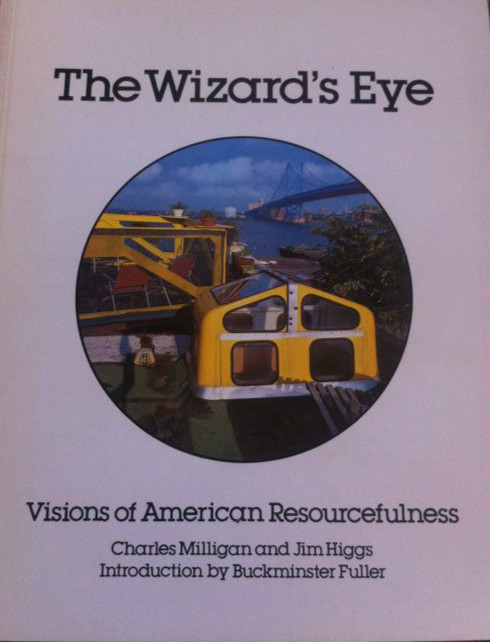
“One of the first books we did was called The Wizard’s Eye [By Charles Milligan and Jim Higgs] and it was inspired by the move towards all kinds of interesting recycling; it was a visual book and it was inspired by that movement in the Bay Area,” says Jensen. “Another early book was called Woven Works [John and Susan Hamamur], where weaving had become literally a fine art rather than a craft.”
